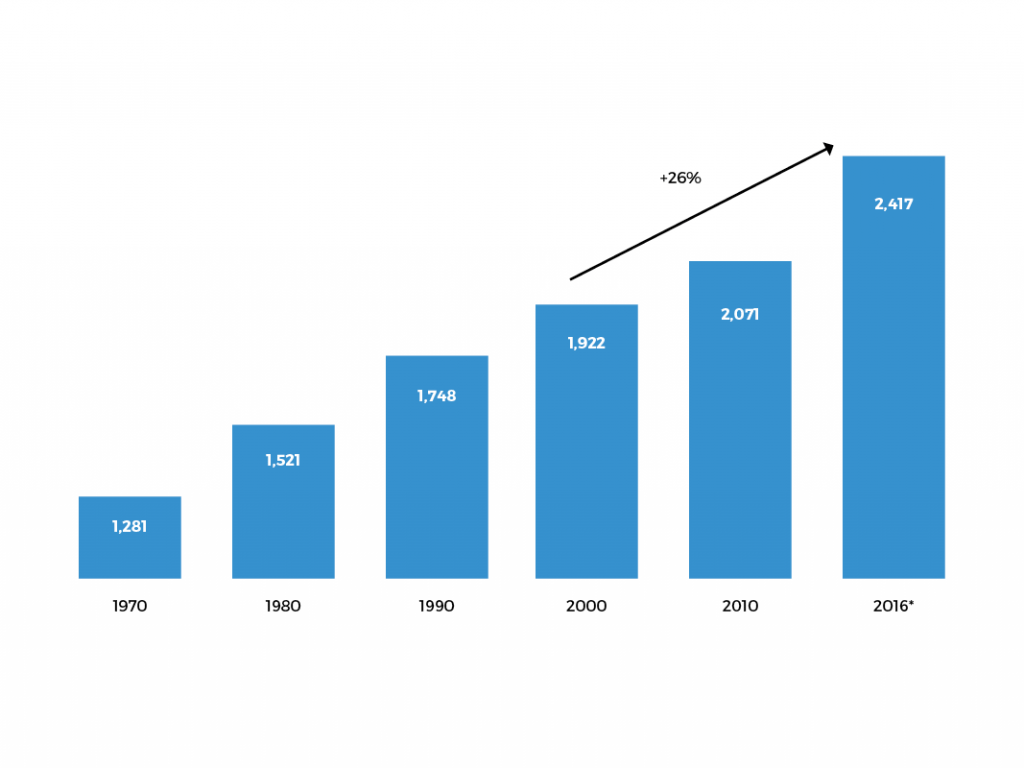Skift Take
America's unprecedented obsession with food ultimately stems from rising overall standards and expectations in taste, presentation, and originality of prepared foods. The bar is set higher than ever. Destination marketers and local food stakeholders now compete globally, hence should work in tandem to ensure their assets and efforts get noticed and stand out with American travelers.
What can destinations do to capitalize on America’s deepening relationship with food?
In Skift’s latest Food Tourism Strategy Report, we reinforce the notion that “Food is Now The Leading Hook in Travel,” primarily because of its ability to connect travelers directly with the local social rhythms and cultural context of any community in many different ways. Food has always been a big deal for destinations, but now it’s mission critical. Why now? Because Americans’ culinary tastes have evolved and matured; expectations are higher than ever.
Arguably, it all started with a deeper cultural shift that has taken place at home and everyday American life. Data suggest that more and more Americans are letting others do the cooking for them. Per-capita spending on prepared food is at an all-time high in America. More competition between kitchens and greater transparency in terms of product means higher expectations and consumer standards when it comes to food. Hence, quality both in terms of experience and taste of a city or a town’s food ecosystem can make or break its reputation as a tourism destination.
Rising income levels, better eat-out (order-in) options, busier lives, less time to cook at home, and other factors are likely pushing people to cook less and spend more on prepared food and restaurant experiences. Data from the National Restaurant Association show that in the U.S., overall restaurant spending per capita jumped by as much as 26% since 2000 (see figure).
U.S. Annual Restaurant Spend Per Capita

Sources: National Restaurant Association data, Skift adjusted for inflation; population data from U.S. Census Bureau; * projected by restaurant.org
Restaurant industry sales in the U.S. alone will reach US$ 783 billion (NRA) by year’s end 2016, an increase of 49% since 2000, according to NRA data (adjusted for inflation). This trend line also appears global. A recent report by Research and Markets projects global restaurant sales to grow 6.9% annually through 2019.
Increased spend on prepared food has also been coupled with growing demand for more authentic, more individual, and more memorable local travel experiences around food. The popularity of food trucks, beer and spirit trails, farmer’s markets, culinary festivals, wine immersion classes, and many other unique culinary events are testament to the expanding spectrum of local food offerings that travelers increasingly seek during their travels.
Avid food tourists today are also compelled to explore deeper into local neighborhoods beyond the typical tourist scenes. They’ll travel farther away from their hotels for a memorable meal, and they’re more interested and willing to ask probing questions about the process behind the meal’s production. The more unique the culinary experience is, the more unique the travel and destination experience is.
So what can destinations do to ensure their food tourism strategy doesn’t fall flat? Get insights and data now from our research store:
About Skift Trends Premium
Our Food Tourism report is the latest in a series of twice-monthly trends reports that brief busy travel-oriented decision makers on key trends in changing consumer habits, strategy, and industry positioning. By subscribing, you gain access to our entire volume of deep-dive reports – in addition to a new report every two weeks. Reports are available online in a responsive design format, or you can also buy each report a-la-carte at a higher price.
The Daily Newsletter
Our daily coverage of the global travel industry. Written by editors and analysts from across Skift’s brands.
Have a confidential tip for Skift? Get in touch
Tags: culinary tourism, food and drink, food tourism
Photo credit: A road sign in Kentucky directing travelers along the state's tourist-friendly Bourbon Trail. Anthony / Flickr
